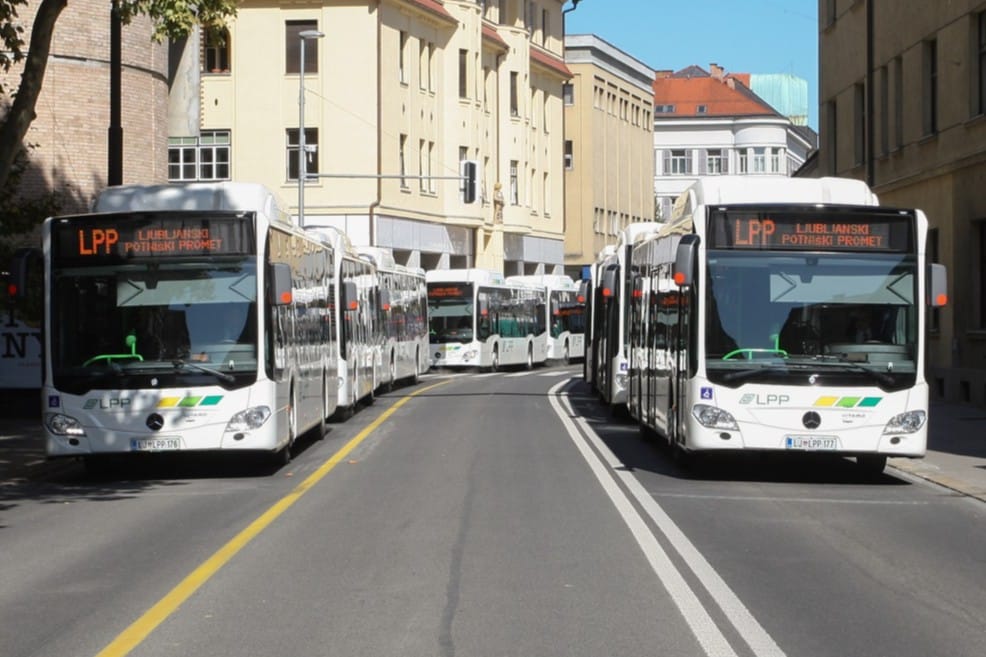Parliamentary question | Answer for question E-002124/25 | E-002124/2025(ASW) | European Parliament
The European Regional Development Fund (ERDF) invests to strengthen the competitive position of and create jobs in small and medium-sized enterprises (SMEs), irrespective of whether those investments are geared towards innovation, digitalisation or the green transition.
Micro-enterprises are included in the definition of SMEs. In the case of funds under shared management like the ERDF, it is up to the national and regional managing authorities to launch calls and select projects.
They can decide to launch calls specifically focusing on micro enterprises. As for monitoring and analysis, the Commission monitors support for SMEs under cohesion policy.
In the period 2021-2027, more than EUR 23 billion of EU support under the ERDF has been planned to go to strengthening of SME’s growth and competitiveness.
Simplification is a key priority for this Commission. Under cohesion policy, the Commission promotes the use of tools like Simplified Cost Options (SCOs) and Financing Not Linked to Costs (FNLC). SCOs are an innovative way of reimbursing grants under cohesion policy: instead of reimbursing ‘real costs’, SCOs allow the reimbursement of expenditure according to pre-defined methods based on process, outputs or results.
Thus, when SCOs are used, it is not necessary to trace every euro of co-financed expenditure to individual supporting documents. Almost EUR 110 billion of the cohesion policy budget, i.e. 21% of the total, is expected to be reimbursed in 2021-2027 through SCOs and FNLC by the end of the programming period.
Under InvestEU, the Commission is deploying together with the European Investment Fund the competitiveness guarantee product which is facilitating general access to finance for SMEs and micro-enterprises in particular.
Last updated: 15 July 2025
You may also like...
Diddy's Legal Troubles & Racketeering Trial

Music mogul Sean 'Diddy' Combs was acquitted of sex trafficking and racketeering charges but convicted on transportation...
Thomas Partey Faces Rape & Sexual Assault Charges

Former Arsenal midfielder Thomas Partey has been formally charged with multiple counts of rape and sexual assault by UK ...
Nigeria Universities Changes Admission Policies

JAMB has clarified its admission policies, rectifying a student's status, reiterating the necessity of its Central Admis...
Ghana's Economic Reforms & Gold Sector Initiatives

Ghana is undertaking a comprehensive economic overhaul with President John Dramani Mahama's 24-Hour Economy and Accelera...
WAFCON 2024 African Women's Football Tournament

The 2024 Women's Africa Cup of Nations opened with thrilling matches, seeing Nigeria's Super Falcons secure a dominant 3...
Emergence & Dynamics of Nigeria's ADC Coalition

A new opposition coalition, led by the African Democratic Congress (ADC), is emerging to challenge President Bola Ahmed ...
Demise of Olubadan of Ibadanland
Oba Owolabi Olakulehin, the 43rd Olubadan of Ibadanland, has died at 90, concluding a life of distinguished service in t...
Death of Nigerian Goalkeeping Legend Peter Rufai

Nigerian football mourns the death of legendary Super Eagles goalkeeper Peter Rufai, who passed away at 61. Known as 'Do...


